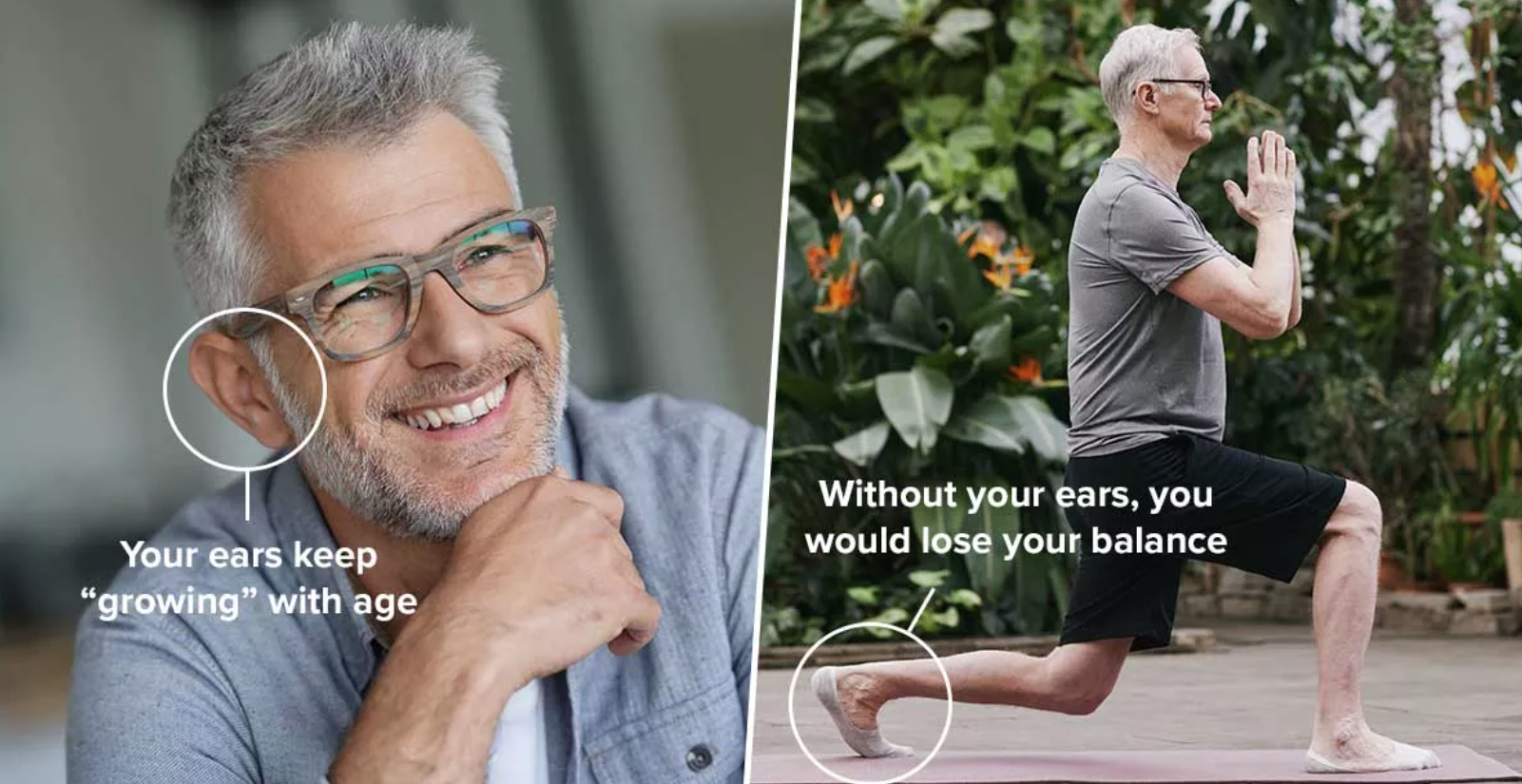Do you frequently ask others to speak more slowly or loudly? Are you having difficulty understanding words, especially in restaurants or other noisy environments? Do you avoid social gatherings because it’s too exhausting to keep up with the conversation? You may be experiencing some of the most common signs of hearing loss. Don’t wait. A simple, painless hearing health check-up with a qualified hearing care professional can start you on the path to better hearing.
What to expect
Your hearing care professional will want to get to learn more about your health and your hearing difficulties. Like any visit to a healthcare professional, your evaluation will start with questions about your overall health and the medical history of you and your family. The discussion will address any concerns you have about your hearing that might be affecting your daily life. You’ll also explore lifestyle factors that may influence your hearing health such as your exposure to noise or whether you work in a noisy environment.
Quick visual check
Your audiologist will likely start by checking both ears with an otoscope. You’ve probably seen this lighted tool before – it’s used in regular health examinations to detect any visual problems in your ear canal or ear drum. Your hearing care professional may also perform a tympanometry, a quick and painless test that shows how well the middle-ear functions. To measure the eardrum responses to sound at different pressures, a soft plug that creates pressure changes and generates sounds is placed in each ear.
A quiet room for listening
For your hearing tests, you will be seated in the soundproof or sound-treated room that is designed to keep out external noises. You’ll wear earphones or soft earplugs with wires connected to an audiometer, a machine used to evaluate the level of hearing. You will be asked to raise your hand or press a button when you hear a sound.
Your hearing care professional will go to an adjacent room to conduct the tests. Usually, there will be a slightly darkened window between the “listening booth” and the room where the practitioner is sitting. This helps ensure that as the tests are conducted, the movement of the hearing care professional doesn’t distract you and influence the accuracy of your responses.
Sound test
The pure tone test checks the ability of each ear to hear different sounds. To test each ear individually, earphones allow the sounds go to one ear at a time. Your hearing care professional is looking to determine the softest sounds you can hear at different pitches or frequencies. Each time you hear a sound, you press the button or raise your hand. As the test progresses, your hearing will be charted on an audiogram that uses decibels – a way of measuring sound.
Speech test
Speech discrimination, your ability to recognize words, is measured in a test called speech audiometry. Single words or short sentences will be spoken by your hearing care professional or a recording and you’ll be asked to repeat exactly what you hear. The test will show how loud speech needs to be for you to hear it and how clearly you can understand the words that are spoken.
Audiogram
After you have completed your hearing test, your hearing care professional will review the results on an audiogram, a chart that shows the type, degree, and configuration of your hearing loss. Hearing for each ear is shown – the right ear depicted with a circle or triangle and the left ear with an X or a square.
The audiogram indicates the threshold of hearing relative to average 'normal' hearing, illustrating how well you hear high-pitched sounds versus low-pitched sounds (frequency) and how well you hear in terms of loudness or intensity.
At the top of your audiogram is the measure for frequency, going horizontally from left to right, ranging from lower to higher. Along the chart’s vertical axis on the left side is a scale for the intensity of sound, measured in decibels. As the decile number gets bigger, so does your hearing loss. A box to the side or below the audiogram indicates the Word Recognition Score (WRS). The speech discrimination score shows the percentage of the words you understood during the test and reflects each ear’s ability to understand those words at a comfortable loudness level.
Expert guidance
If your hearing check reveals a hearing loss, your hearing care professional is the best person to give you the advice and help you need, personalized to your unique hearing needs. Your hearing care professional can help you choose a hearing solution that is the best fit for your hearing loss and your lifestyle and conduct follow-up appointments to ensure that your hearing aids are working as well as they should be.
Today’s small, discreet hearing aids offer a wide range of benefits - from the ability to manage listening to multiple speakers in noisy environments, like restaurants and social gathers, to rechargeable convenience, built-in tinnitus relief sounds and wireless connections to mobile phones and other Bluetooth® devices. There’s never been a better time to address your hearing loss.
To find your local participating clinic, please visit https://www.campaignforbetterhearing.org/about#Go-to-campaign.





